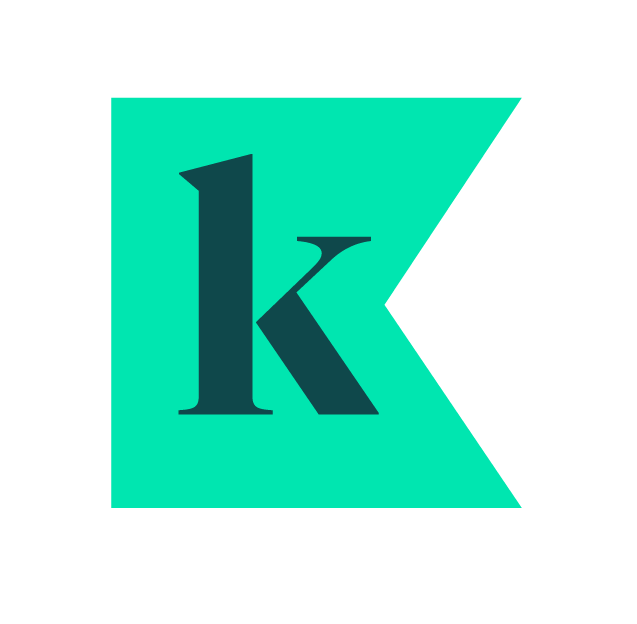Pointing out that the world is changing is like pointing out that the sun rises in the east. It’s old news. Nevertheless, despite the fact that change is unchanging, many companies still don’t notice it happening until it’s time to catch up. To us at Kindred, this is particularly apparent in HR.
Like a piece of software running with a legacy core, a business with an out-of-date HR model at its centre probably isn’t yielding its best results. It’s unsurprising then that we’ve been ruminating on one gnarly question: has the time come for a new model for HR?
This question might spook our colleagues in HR, so let’s clarify that we’re not discounting or discrediting human resources. Instead, we’re looking at whether a new framework could help HR teams deliver the strategic value that so many are capable of. Let’s dive in.
From support to strategy: the changing role of HR
When people talk about ways to approach HR, there’s one model that has historically dominated: ‘The Ulrich Model’. This is the framework we see most of our clients using, with its shared services core, centres of excellence (CoEs), and business partnering approach has helped to elevate the role of HR. Once a back office function, HR divisions are now viewed as an integral part of the organisation by many companies and are typically represented in the boardroom.
Research from Accenture’s The CHRO as a growth executive shows how firmly this view is embedded in businesses today, with almost 90% of the CEOs surveyed believing that the CHRO should play a key role in promoting profitable growth. So why are, according to the same research, less than half building an environment that empowers their CHROs or CPOs to do so? This deserves a multi-pronged answer, but rigid models might have something to do with it.
An outdated model for present-day challenges
Our own industry and consulting experience as well as ongoing conversations with clients suggest that there are clear limitations to the prevailing set up for HR, which is founded on Ulrich’s model. In an environment of continual change, HR is caught between it’s varied roles of providing strategic partnership to the business and delivering operational processes for employees. These agendas can, and often do, come into conflict: resulting in a tug of war in HR’s relationship with the business or between HR sub-teams themselves. We’re doing some in-depth research about this, but for now wanted to share two themes we’ve noticed about where modern HR functions might be struggling.
Stepping up to business transformation
Within the Ulrich framework, much of the ‘doing’ exists in HR Operations or in running processes from various CoEs such as recruitment or performance management. Much of the rest of HR’s agenda can fall in the ‘thinking’ space, evidenced by the volume of people-related ‘strategies’ that you’ll hear HR leaders reference (talent, learning, performance, reward…the list goes on).
Within the wider business, transformation is high on the agenda and HR is uniquely positioned to drive real change through experimentation in different ways to organise. In the present model, this “pull” comes via internal customer-facing HR roles who are insufficiently resourced (and at times, skilled) to respond. The majority of the HR Business Partners we encounter are spread too thin between being responsive to the tactical needs of their customer groups and being relied upon to implement the agenda or processes of the HR centres of excellence. This is not an environment that supports ongoing change.
Support for the business transformation agenda could be strengthened by shifting to a more dynamic model that places HR business partners at the centre of project (or outcome)-based teams of specialists that can coalesce around clear goals. In this environment, HR would manage its workload as a portfolio rather than a static or deterministic agenda – and would avoid ceding so much ground to consultancies like us in the way that transformation gets delivered internally.
Grasping the employee experience agenda
In the effort to transform itself and manage increasing complexity or cost pressures in the broader business, HR has increasingly pursued a self-service approach assisted by technology that puts some of the ‘basics’ of people processes in the hands of managers and employees themselves. Digitisation of key workflows such as hiring, performance and personal information management has enabled HR to step out of an ongoing admin-cycle and into a more strategic role.
However, with the rise of employee experience (EX) as a priority for CHRO’s and CPOs, now may be the time to reflect on the technology stack that exists for HR and the broader business, and the extent to which this helps or hinders the day-to-day for the people it is there to serve. As the latest Microsoft Work Trends Index shows, 68% of people say they don’t have enough uninterrupted focus time during the workday and the majority of our working time is spent managing digital debt in the form of emails, meetings and chats. If CHROs & CPOs are to fully grasp the EX agenda, their closest ally on the Board should be the CTO. Collaboration between these functions is key to understanding the disruptors to productivity and assessing the ways in which digital products, automation and AI – coupled with changes to how teams structure work- can reduce the risk of collective burnout.
Improving the end-to-end employee experience also requires integrated thinking between distinct HR centres of excellence, and so maintaining silo’d approaches will only hold back progress. For example – instead of considering talent ‘acquisition’, ‘management’ and ‘development’ as distinct domains, HR functions may drive greater impact in EX by putting the emphasis on solving problems in the overall talent experience using cross-functional teams.
With new expectations comes the need for a new model
Organisational complexity demands greater adaptability. From everything we know and have seen across the organisations we serve, we feel that it is time to explore a new model for HR. A model that focuses less on distinct HR strategies or processes and more on facilitating people-related change through experimentation. A model that creates capacity for transformation through outcome-based teams that are pointed at business priorities or problems. A model that has employee experience at its heart, and human-friendly technology as its spine.
We work with highly talented HR professionals every day who feel the pain of the current model, and wish for something better. What’s your experience? Lets us know in the comments.


